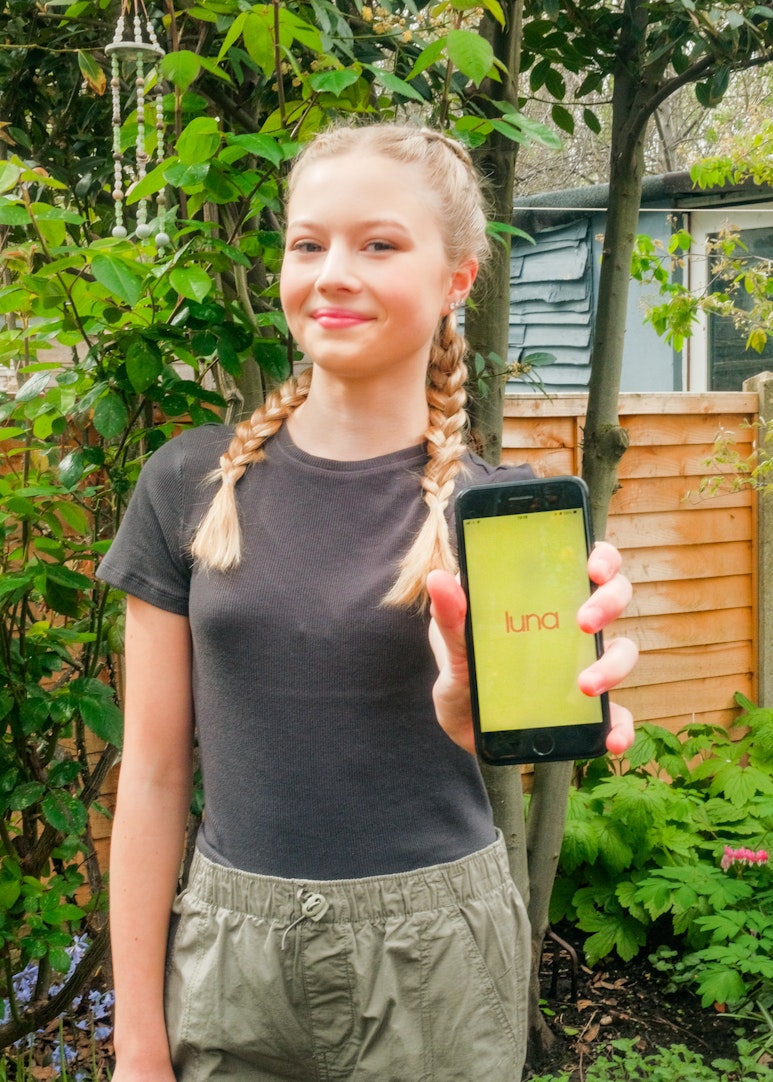
Is your teen sadfishing?
Posting emotional content online

Quick summary
- Sadfishing is when teens share overly emotional posts online to get attention, comfort, or validation
- Not all sadfishing is manipulative – it can be a teen’s way of asking for help or expressing feelings they don’t know how to share in person
- Parents can respond with empathy by keeping communication open and gently guiding their teen toward healthier outlets
--------------------------------------------
Today's teens have been raised in a world where social media is an integral part of their lives.
It makes sense that a lot of them post everything on social media without a second thought, even the bad stuff.
If you’ve seen them post emotional or dramatic content, you may wonder: are they just looking for attention, or is something deeper going on?
This behaviour, often called sadfishing, can be confusing and even worrying for parents.
The good news is, sadfishing doesn’t always mean something is seriously wrong – but it might tell you that your teen is in need of support.
Understanding what sadfishing is, why teens do it, and how to respond can help you support your teen in the right way.
So, let’s talk about sadfishing.
What is sadfishing?
Sadfishing is a term used when someone posts exaggeratedly emotional or sad content on social media to get attention or sympathy.
For teens, it might look like:
- Posting vague, emotional captions like “I can’t do this anymore” or “Nobody cares about me”
- Sharing dark or hopeless memes frequently
- Hinting at struggles but not explaining them directly
While the term sometimes carries a negative tone, it’s important to remember that for teens, sadfishing isn’t always about manipulation.
Often, it’s their way of testing the waters: “Will someone notice if I’m struggling?”
Why do teens sadfish?
There are a few reasons why your teen might turn to emotional posting:
- Seeking validation: social media “likes” or supportive comments can feel like quick reassurance
- Expressing emotions: teens may find it easier to post online than to talk face-to-face about hard feelings
- Loneliness: a sad post might be a way of saying, “I need someone to check in”
- Experimenting with identity: teens sometimes use social media to figure out who they are and how others see them
Should parents take sadfishing seriously?
Yes. Even if it looks like your teen is “just being dramatic,” sadfishing can sometimes signal deeper emotional distress.
Dismissing it could make them feel unseen or push them to hide their struggles more.
Before deciding how to take action, ask yourself:
- Is this a one-off post, or part of a pattern?
- Does your teen seem withdrawn, irritable, or anxious offline as well?
- Have you noticed your teen is bedrotting?
- Do they have healthy outlets for stress besides social media?
If you’re unsure, it’s always safer to assume your teen is reaching out for support, making it time to prioritise supporting your teen’s mental health.
Sadfishing can also stop your teen from getting the help that they need.
They may think that the responses they get from sadfishing are enough support.
This can ultimately impact how they interact with people in the real world.
How to respond if you notice your teen is sadfishing
If you have noticed your teen sadfishing, it is helpful to have a chat with them.
It may be best not to discuss the post directly in case they think you are spying on them, but ask them questions about how they are feeling.
- Check in privately: ask them if anything is on their mind and if they want to talk about things that are bothering them
- Show empathy: even if the post seems exaggerated, their feelings are real – make sure your teen knows that what they are going through is valid and important
- Encourage healthy outlets: suggest journalling, creative hobbies, or offline time with friends as other ways to process feelings
- Set gentle boundaries: if social media posts seem overwhelming, help them take breaks without making it feel like punishment
The luna app may be a positive option to recommend to them as well – it’s created in collaboration with doctors and is there to be a positive, empowering platform that teens can turn to for support and questions through adolescence.

Talking about sadfishing without shutting your teen down
You may need to discuss their sadfishing directly if you are worried about their online safety.
Conversations about online behaviour can be tricky, especially if your teen feels like you’re judging them.
But ultimately, a digital footprint is a very real thing and sometimes these conversations are important to prioritise despite how difficult they may be.
Here’s how to keep the dialogue open and constructive:
- Stay curious, not critical: ask what they get out of posting rather than lecturing
- Normalise emotions: let them know it’s okay to feel sad, angry, or lonely and there are many ways to share those feelings in a healthy way
- Balance safety with trust: explain that you’re not trying to control or embarrass them, but you do care about their wellbeing and future
- Offer alternatives, not ultimatums: instead of demanding they stop posting, suggest other ways to express feelings – like journalling, private group chats with close friends, or creative outlets
- Remind them about a digital footprint: future employers, friends, family, educational institutions may all see their social media
- Keep it ongoing: make sadfishing a topic you can revisit, not a one-time lecture – short, consistent check-ins often work better than a long, heavy talk
You might also find luna’s deep dive on talking to your teen about mental health useful here.
When to seek extra help
If your teen’s posts are consistently dark, hopeless, or hint at self-harm, please don’t ignore them or write them off as a teen being dramatic.
In these cases you could:
- Reach out to a school counsellor, therapist, or family doctor (e.g. GP)
- Encourage your teen to talk to a trusted adult besides you
- Provide resources like free mental health services or teen support groups
Seeing the message behind the post
Sadfishing might seem frustrating or attention-seeking, but at its core, it’s often a sign your teen wants to be seen and heard.
Instead of focusing on the post itself, focus on the message behind it: “I’m struggling, and I need support.”
By responding with empathy, talking to your teen about mental health, and guiding them toward healthier outlets, you can turn a social media post into an opportunity for deeper connection.
How we created this article:
luna's team of experts comprises GPs, Dermatologists, Safeguarding Leads and Junior Doctors as well as Medical Students with specialised interests in paediatric care, mental health and gynaecology. All articles are created by experts, and reviewed by a member of luna's senior review team.
We'd love to keep in touch!
Sign up to our parent newsletter for emails on the latest teen trends, insights into our luna community and to keep up to date
By signing up, you are agreeing that we can use your email address to market to you. You can unsubscribe from marketing emails at any time by using the link in our emails. For more information, please review our privacy statement.